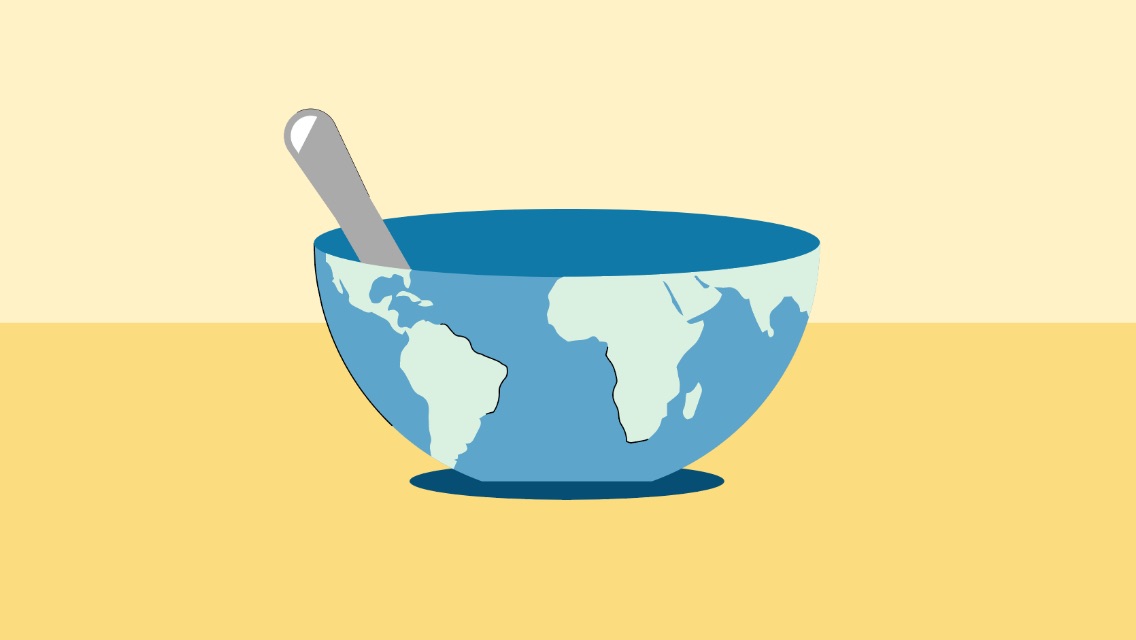Wildfires are becoming more frequent and dangerous, creating lasting ecological consequences. Learn why it matters — even if you don’t live in a burn hotspot.
On Nov. 8, 2018, sparks from electrical-transmission lines near Camp Creek Road fell on drought-ridden vegetation in the Sierra Nevada foothills of California. “It just seemed like a normal fire at first,” reported 911 Cal Fire dispatcher Beth Bowersox. “It got bad real quick.”
Aided by gusty winds and high temperatures, the fire spread rapidly, destroying the nearby town of Paradise. The blaze scorched 153,336 acres (an area roughly the size of Chicago), claimed at least 85 human lives, and razed 18,804 structures — making it the most destructive and deadliest wildfire on record in the Golden State.
While historic, the Camp Fire wasn’t unusual. Wildfires in the United States have become more destructive. Since 2000, an average of 72,400 wildfires have cleared about 7 million acres annually, nearly double the acreage burned during the 1990s. In 2015, 10 million acres were scorched.
With climate change turning up the heat, the U.S. wildfire season is likely to extend — it had already expanded from an average of five months in the 1970s to seven months as of 2013. And the wildfire risk is increasing around the world because of global warming.
Hot Trends
Climate shifts aren’t the only fuel for wildfires. Sprawl has shrunk the border between the “wildland–urban interface” (WUI), where houses and wildland vegetation intermingle. A 2018 study noted a 41 percent increase in WUI homes (from 30.8 million to 43.4 million) over the past two decades, with growth rates of 70 percent or more in the arid climates of Nevada, Arizona, Utah, and Colorado.
Human encroachment matters: About 90 percent of wildfires are caused by anthropogenic sources like discarded cigarette butts, unwatched campfires, and sparks from tools such as chainsaws, as well as power lines. And human habitation also creates demand for fire suppression to protect buildings, farms, and domestic animals.
Yet fire is required to maintain wild ecosystems, so suppression efforts increase burn risk. “Megafires are the result of the way we’ve managed this Western landscape over the last 150 years in a steadily warming climate,” says Paul Hessburg, coeditor of Making Transparent Environmental Management Decisions.
“The forests that we see today look nothing like the forests of 100 or 150 years ago,” he notes. Old forests were patchy and included grassy meadows along with areas of new- and old-growth tree canopies. This patchwork created natural mechanisms that resisted the spread of fire across the landscape.
In 1910 a large fire known as the Big Burn stretched from eastern Washington to western Montana, devouring 3 million acres and several towns in a few days. “Fire became public enemy No. 1,” Hessburg explains.
The U.S. Forest Service “developed this unequaled ability to put fires out,” he says. “From this point on, it was now fire suppression and not wildfires that would become a prime shaper of our forests.”
Today, we have what Hessburg calls an “epidemic of trees.” This has come thanks to several factors over a long period of time, including the removal from their homelands of Native tribes, some of whom had maintained forests and grasslands with prescribed burns.
Changing fire-management practices to include tribes returning to their traditional practices, selective timber harvesting, and brush removal may help tamp down fire risk.
Meanwhile, when you’re in the wilderness, you can help by following fire-safe practices — such as only using provided fire pits, paying attention to wind direction, and having water or an extinguisher handy.
5 Ways Wildfires Affect Our Planet
While wildfires ultimately aid regeneration of an ecosystem, they can cause substantial harm as well:
- Our health can be affected by wildfires. Air pollution from wildfire fumes can cause respiratory infections, eye irritations, and headaches.
- Local economies are often damaged by wildfires.
- The ecological impacts can be catastrophic: Loss of biodiversity is a major concern because each species plays a role in maintaining the delicate balance of ecosystems upon which all lives depend. The 2019 Australian bushfire season, for example, killed an estimated 1 billion animals and pushed some to the brink of extinction: 113 species, ranging from invertebrates to mammals, were placed on a list requiring intervention for survival. Most of them saw at least a third of their range burn.
- Soil erosion can be worsened by wildfires that denude the land, which may then lead to land- and mudslides.
- A forest’s ability to sequester carbon is reduced by fire, turning it from a carbon sink that hosts greenhouse gases to a carbon source, furthering the effects of climate change. (To learn more, see “Why Bears Ears National Monument Matters.”)




This Post Has 0 Comments